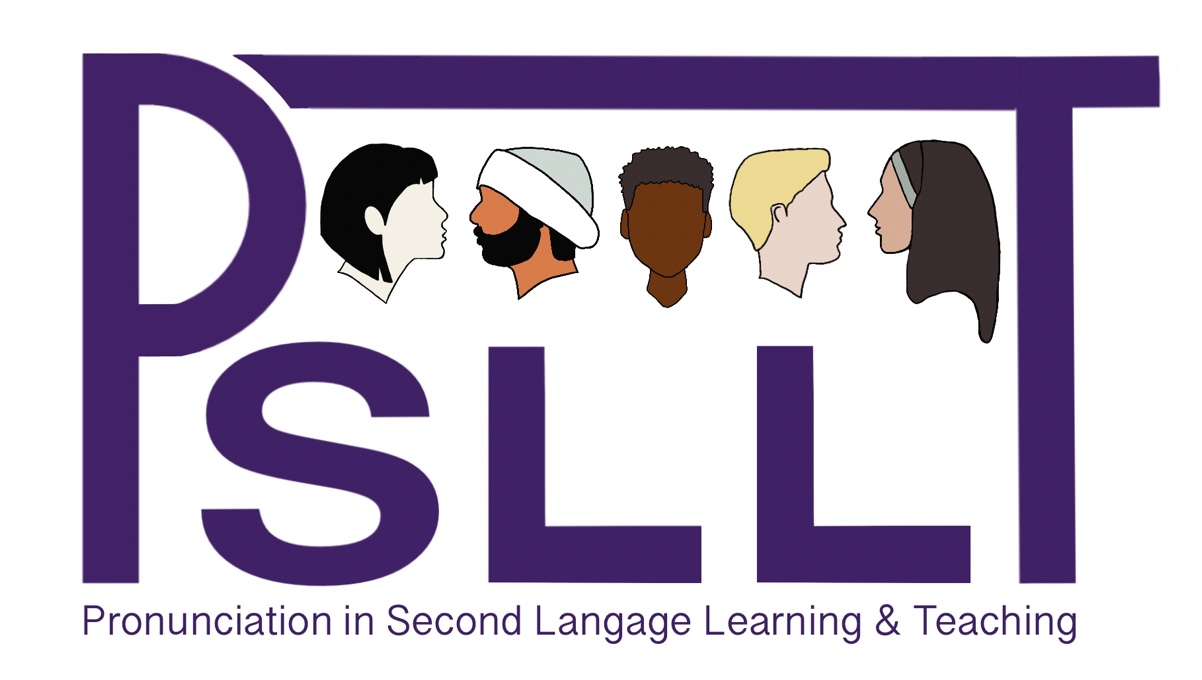Consonant Clusters in Online L2 Teaching: A Multilingual Approach
- Violeta MartiÌnez-Paricio (Norwegian University)
- Jacques Koreman (Norwegian University)
- Olaf Husby (Norwegian University)
- Jardar Eggesbø Abrahamsen (Norwegian University)
- Øyvind Bech (Norwegian University)
Abstract
L1-L2map and CALST (Computer-Assisted Listening and Speaking Tutor) are two complementary platforms for second language pronunciation teaching developed at the Norwegian University of Science and Technology (NTNU) in Trondheim. L1-L2map is a multilingual database that allows comparison of the phoneme inventories of a large number of languages. CALST is a Norwegian computer-assisted pronunciation training system (CAPT), which uses the result from the contrastive analysis in L1-L2map to select different pronunciation exercises depending on the native language of the user. The online version of L1-L2map and CALST contains segmental information and exercises for practicing the perception and production of individual sounds and sound contrasts. But for speakers of many languages, consonant clusters in a foreign language are hard to perceive and pronounce, even if the speakers have no difficulty with the individual consonants. The present article presents the expansion of the multilingual platforms with a contrastive analysis of consonant clusters and exercises to train their pronunciation. The article also discusses some of the methodological challenges in incorporating consonant clusters in L1-L2map and CALST.
How to Cite:
MartiÌnez-Paricio, V., Koreman, J., Husby, O., Abrahamsen, J. E. & Bech, Ã., (2014) “Consonant Clusters in Online L2 Teaching: A Multilingual Approach”, Pronunciation in Second Language Learning and Teaching Proceedings 6(1).
Downloads:
Download PDF
View PDF
